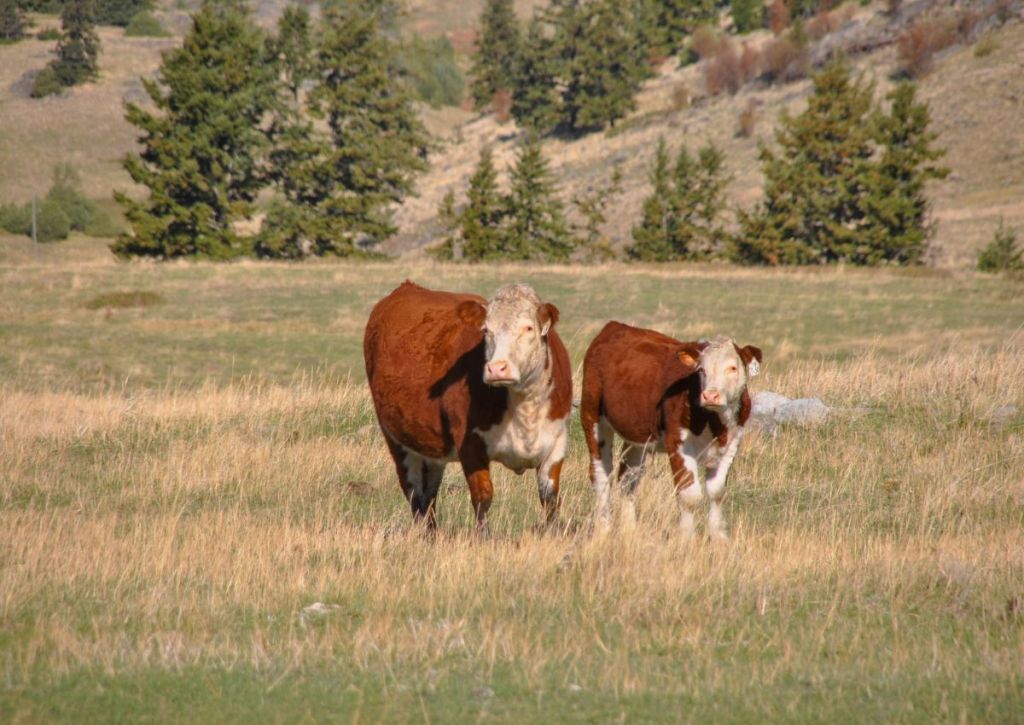At our ranch, one important fall task that we undertake is pregnancy checking our cattle. This essential practice allows us to make informed decisions and plan for the future. Here we will dive into the significance of pregnancy checking and the impact it has on the success of our ranching operation.
Pregnancy checking is a necessary step in managing our cattle herd. By determining which cows are pregnant, we can plan for calving, allocate hay efficiently, and plan for the next year. It helps us maintain the health and productivity of our herd, ensuring the sustainability of our ranching practices.

Timing is important when it comes to pregnancy checking. Typically it is conducted a few months after breeding season, by a veterinarian. Techniques such as rectal palpation or ultrasound detection allow the veterinarian to assess the progress of each cow’s pregnancy accurately.
Pregnancy checking provides valuable insights into the overall reproductive health of our cattle. It helps us identify any potential issues early on, such as reproductive disorders or nutritional deficiencies. With this information, we can take proactive measures to address any challenges and ensure the long-term success of our breeding program.
On our ranch, our bulls are usually turned out with the cows around the end of May and we preg check around the beginning of October.

Our veterinarian provides us with approximate number of days bred for each cow so that we can determine which cows are due to calve within our preferred calving time frame of March to mid April.
Then, we can evaluate the performance of specific sires and dams and make decisions on which cows to keep based on their productivity. Cows have a 21 estrus cycle so optimally, we like to only keep cows that have been bred within the first 2 estrus cycle. This makes our calving window to be approx 42 days. Therefore, any cows due to calve after the middle of April are closely assessed and often removed from our breeding program.

Pregnancy checking is a vital practice in our ranching operation, enabling us to make informed herd management decisions and plan for the future to ensure the long-term sustainability of our ranch. At a minimal cost of approx $8 per cow, we can make informed decisions to improve our herd genetics and productivity to ensure our long-term sustainability.

